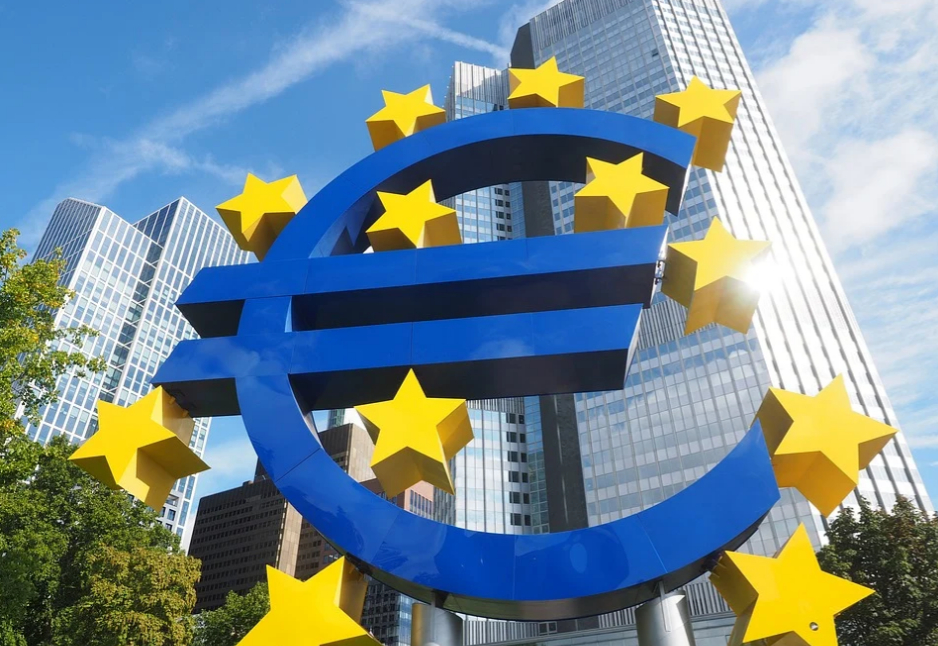
As Marina Klepo/Novac writes on the 19th of July, 2020, when Croatia joins the Eurozone, it is very likely that the conversion rate will be 7.5345 kuna per euro, the level at which the average parity was determined when entering the ERM II, the so-called ”Eurozone waiting room” in which would-be members spend time. However, changes are possible.
The term central parity means that the country needs to prove that it is able to keep the currency relatively stable, with the range of oscillations set at quite a generous rate, of plus/minus 15 percent.
In the case of the Croatian kuna, this means it can range from 8.6646 to 6.4043. Given the fact that since the very introduction of the kuna, it has never strengthened or weakened by more than five percent when compared to the average exchange rate, there should be no major turbulance. However, the central parity which has now been established doesn’t have to be the exchange rate at which the actual conversion will take place: as that will be set six months before the introduction of the euro. The experience of other Eurozone countries shows that most of them did change their currencies at the parity set at the beginning, but not all of them did so. Of the eight countries that joined the Eurozone since its inception in 1999, two have changed their central parity due to appreciation pressures.
For the old Greek drachma, the exchange rate was first set at 353.109 drachma per euro, and finally it was 340.75, while in the case of the Slovak koruna, it changed three times: first to 38.455, then to 35.444, and finally to 30.128, which means that the former Slovakian national currency strengthened by 17.6 percent. Four countries – Malta, Estonia, Latvia and Lithuania – had a fixed exchange rate regime, and the Slovenian tolar and the Cypriot pound managed to maintain central parity after a short stay in the exchange rate mechanism. Bulgaria has also had a fixed exchange rate regime since way back in 1997, with the central parity set at 1.9558 levs per euro.
Analysts of the Dutch financial group ING believe that Bulgaria will maintain this established parity until it does eventually join the Eurozone, and they consider the case of Croatia a little more “nuanced”, even though it has a quasi-fixed exchange rate. The Croatian National Bank applies a managed-fluctuating exchange rate regime, but intervenes in the market when pressures are expressed in the direction of weakening or strengthening the currency.
With all that in mind, they believe that maintaining exchange rate stability will not, generally speaking be a major challenge for Croatia, but they estimate that the central parity will be set at 7.55 kuna, given that it is “usually set around the current market level”. This suggests that they expect mild depreciation pressures on the Croatian kuna in the coming years. In addition to the kuna and the lev, ERM II currently includes the Danish krone, which has been in the Eurozone’s ”lobby” since 1999.
For more, follow our lifestyle page.









